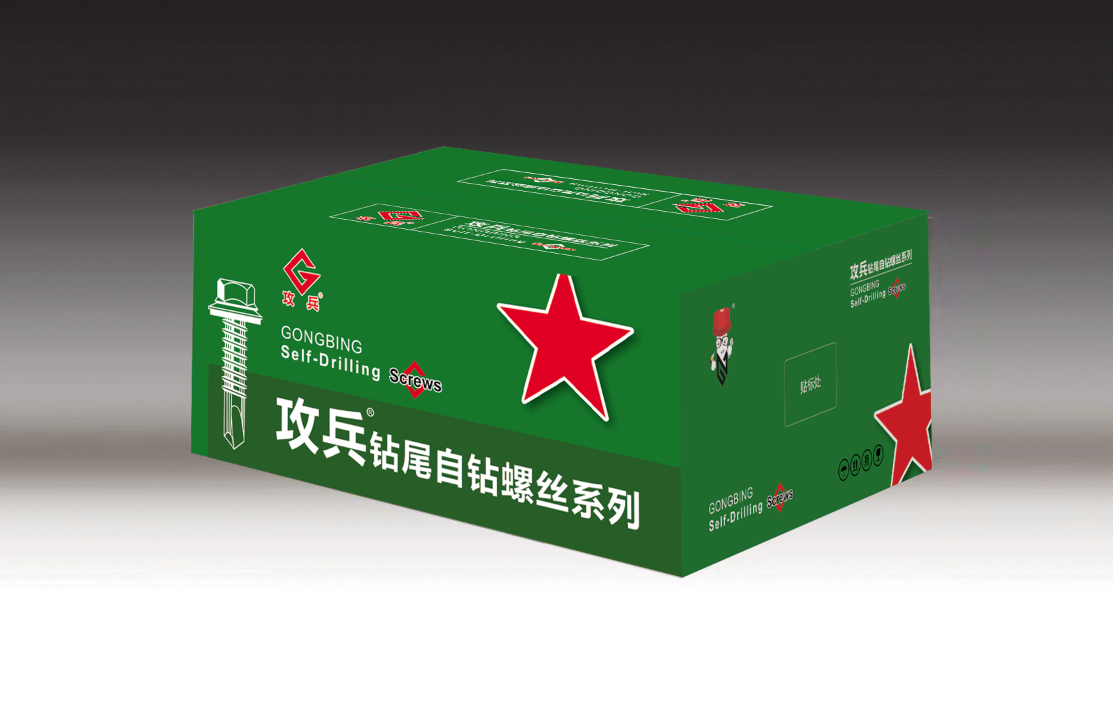Choosing the Right Tek Screws for Metal Stud Applications in Construction Projects
Understanding Tek Screws for Metal Studs A Comprehensive Guide
When it comes to constructing steel-framed structures, using the right fasteners is crucial for ensuring stability, strength, and durability. Among the various types of fasteners available, Tek screws have gained popularity in the construction industry, especially for metal studs. This article delves into what Tek screws are, their benefits, and how to effectively use them with metal studs.
What are Tek Screws?
Tek screws, also known as self-drilling screws, have a drill bit-like point that allows them to penetrate metal without the need for pre-drilled holes. This design simplifies the fastening process by combining the drilling and fastening steps. Tek screws are made from high-strength materials that can withstand various environmental conditions, making them perfect for a range of applications, including roofing, siding, and metal framing.
Benefits of Using Tek Screws with Metal Studs
1. Efficiency and Speed One of the main advantages of using Tek screws is the speed of installation. Since they eliminate the need for pre-drilling, contractors can complete jobs faster, particularly in projects where time is a critical factor. This efficiency can lead to reduced labor costs and quicker project timelines.
2. Strong Connection Tek screws create a robust connection between metal studs. They are designed to grip metal securely, providing strong holding power that is essential for structural integrity. Their ability to draw metal pieces tightly together helps prevent any movement or shifting that could compromise the integrity of the frame.
3. Versatility Tek screws are available in various sizes and thread types, making them suitable for different applications. Whether you're working with thin gauge metal or heavier structures, there is a Tek screw designed to meet the specific requirements of your project. Additionally, they can be used in various materials, not just metal, thanks to their self-drilling design.
4. Corrosion Resistance Many Tek screws are coated with materials such as zinc or epoxy, providing resistance to rust and corrosion. This is particularly important in environments where moisture or exposure to elements could compromise the fasteners' integrity over time. Choosing the right coating can significantly extend the lifespan of the screws and the overall structure.
tek screws for metal studs

How to Use Tek Screws with Metal Studs
Using Tek screws with metal studs is straightforward, but following best practices can optimize performance
1. Select the Right Screw Choose the appropriate size and type of Tek screw for your specific application. For instance, finer threads are suitable for thin metal, while coarse threads are better for heavier-gauge materials.
2. Drill with a Steady Hand While Tek screws are designed to drill themselves, it’s important to maintain a steady pressure during installation to ensure a clean and secure fit. Over-tightening can strip the screw, while under-tightening may not provide the necessary grip.
3. Spacing and Placement Follow industry standards for spacing when installing screws. This not only ensures the strength of the connection but also meets building codes and regulations.
4. Inspection After installation, regularly inspect the screws to check for any signs of distress or corrosion, especially in areas exposed to moisture. Early detection of issues can prevent more significant problems in the future.
Conclusion
Tek screws are an indispensable tool in the construction industry, particularly for fastening metal studs. Their efficiency, strength, and versatility make them a preferred choice among contractors. By understanding their properties and following best practices for installation, builders can create sturdy and reliable structures that stand the test of time. Investing in quality Tek screws can lead to enhanced performance and durability, ultimately contributing to the success of any construction project.
-
Weatherproof Plastic Expansion Anchors for OutdoorNewsJun.06,2025
-
Sustainability in the Supply Chain: Eco-Friendly TEK Screws ProductionNewsJun.06,2025
-
Load-Bearing Capacity of External Insulation FixingsNewsJun.06,2025
-
Double Head Bolts: Enhancing Efficiency in Industrial MachineryNewsJun.06,2025
-
Corrosion Resistance in Chipboard Screws: Coatings for Wholesale DurabilityNewsJun.06,2025
-
Butterfly Toggle Bolts : Enhancing Structural ResilienceNewsJun.06,2025
